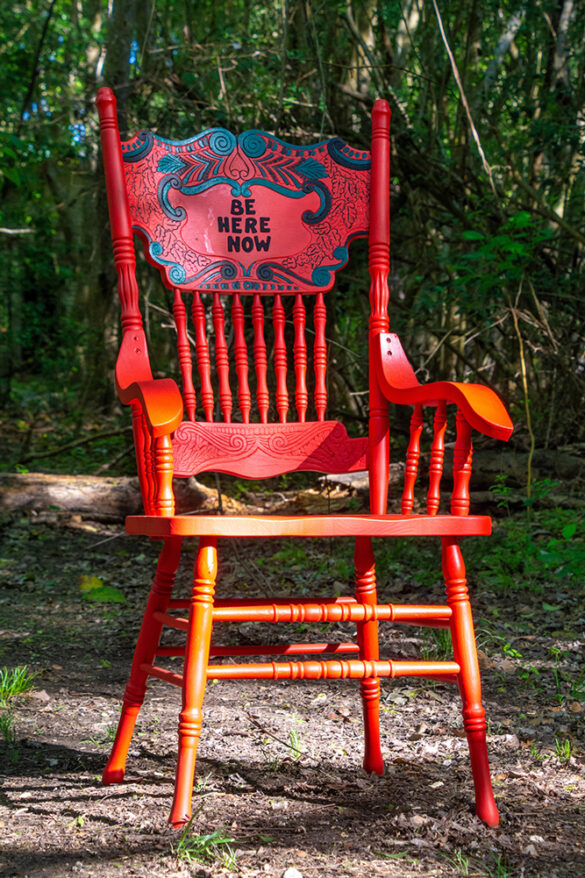My brother is six years younger than I, which means it has always been my duty to set him straight on things I’d had to discover for myself. Early on, this meant cruel, unrelenting mockery as an antidote to thumb-sucking, vandalism against his security blanket, and reckless removals of parental safeguards: bicycle helmets, training wheels, etc. But I quickly gave up on these fundamentals when we advanced to something significantly more important: the rules regarding the use and enjoyment of toys, specifically action figures.
Every action figure belongs to a fictional ‘universe.’ Although these universes are corporate inventions designed to preserve brand identities, they make a lot of sense. For example: despite similarities in size, G.I. Joe action figures should never, ever be used in vehicles from the Star Wars universe. If this narrative corruption occurs, there’s no going back – your Madballs might attack your He-Men or even ride your fucking skateboard for all it matters anymore.
My toys and their defining universes are gone. Trenton Doyle-Hancock might even have some of them. He never threw out his childhood stockpile, and in the last four years he’s added to the ranks. Congregate his toys and Monica Vidal’s exhaustive collection of Simpsons figurines (and their accompanying talking displays) and you’ve almost filled a small house. Trenton and Monica live with their toys, and work with them too. Monica’s studio doubles as Trenton’s toy room. In the winter, when Trenton’s own unheated studio gets too cold, he retreats home to work on small drawings amidst Apu and Dr. Nick and small piles of eBay receipts for the latest additions.
With little concern for cosmological integrity, Trenton and Monica aren’t the kind of collectors who insist on original packaging. They group their toys, loosely, by narrative strand. The Masters of the Universe get a table. The Simpsons have a bookshelf pretty much to themselves. Aside from that, the organization is dicey. Run DMC action figures share a shelf with a photo of Michael Jackson and a couple of wind-up dolls who pleasure themselves with miniature vibrators. Godzilla, Gamera, and other giant monsters share space with plastic dinosaurs, an affront to science and trademark. On the sidelines, hundreds of action figures wait like fetuses, preserved in translucent plastic cases.
With the unrestrained colors of thousands of plastic toys, Trenton and Monica have done to their house what not much in nature or design could do. But the optic impact is nothing next to the potential for play. Like cracked atoms, the toys and their re-combined storylines fill the house with a frantic energy of romper-room anarchy. If a ten-year-old version of myself encountered Trenton, Monica, and their toy collection, he’d think they were worse than drug dealers and communism combined. Meaning, of course, unbelievably cool.
David Harrison is a writer and photographer living in Houston.








